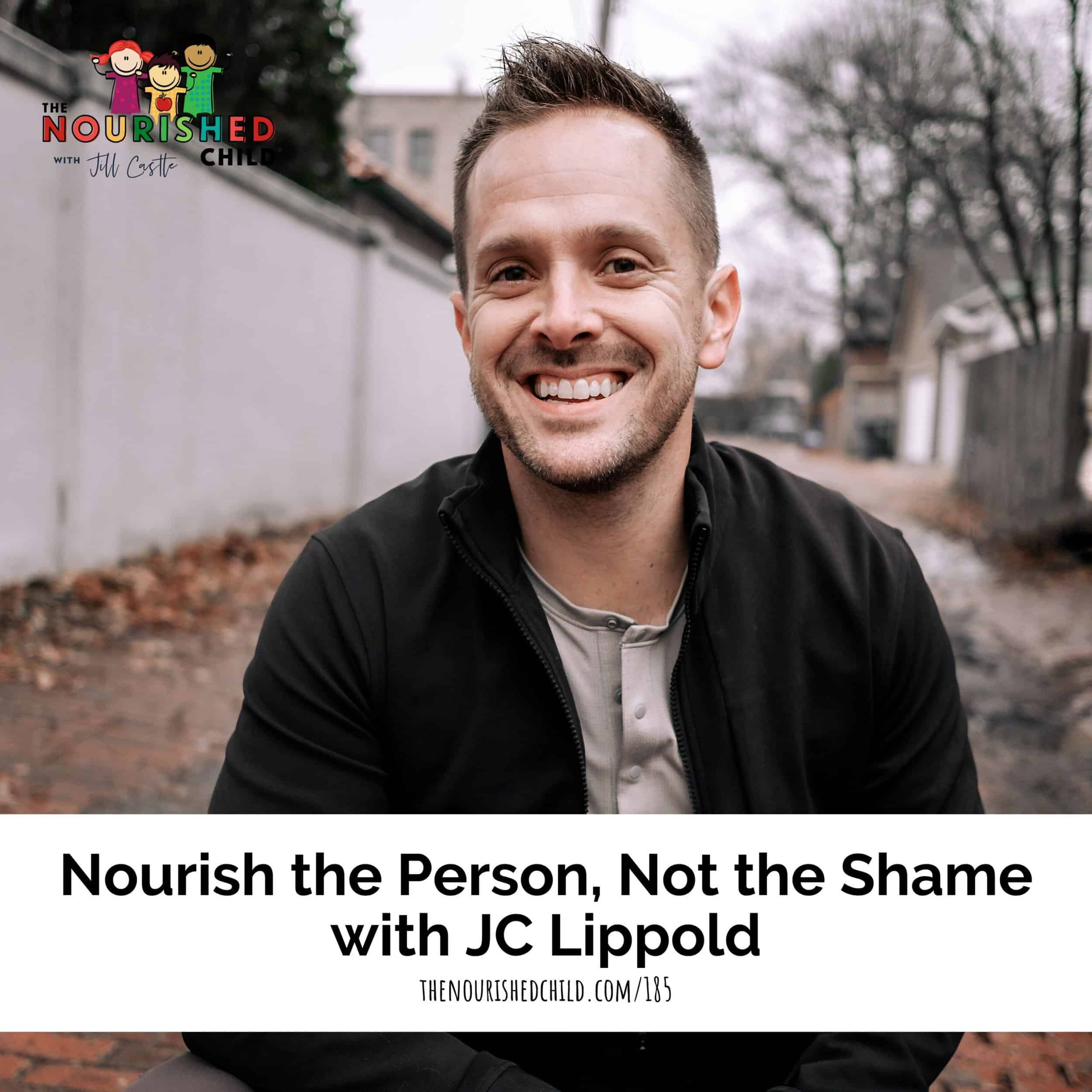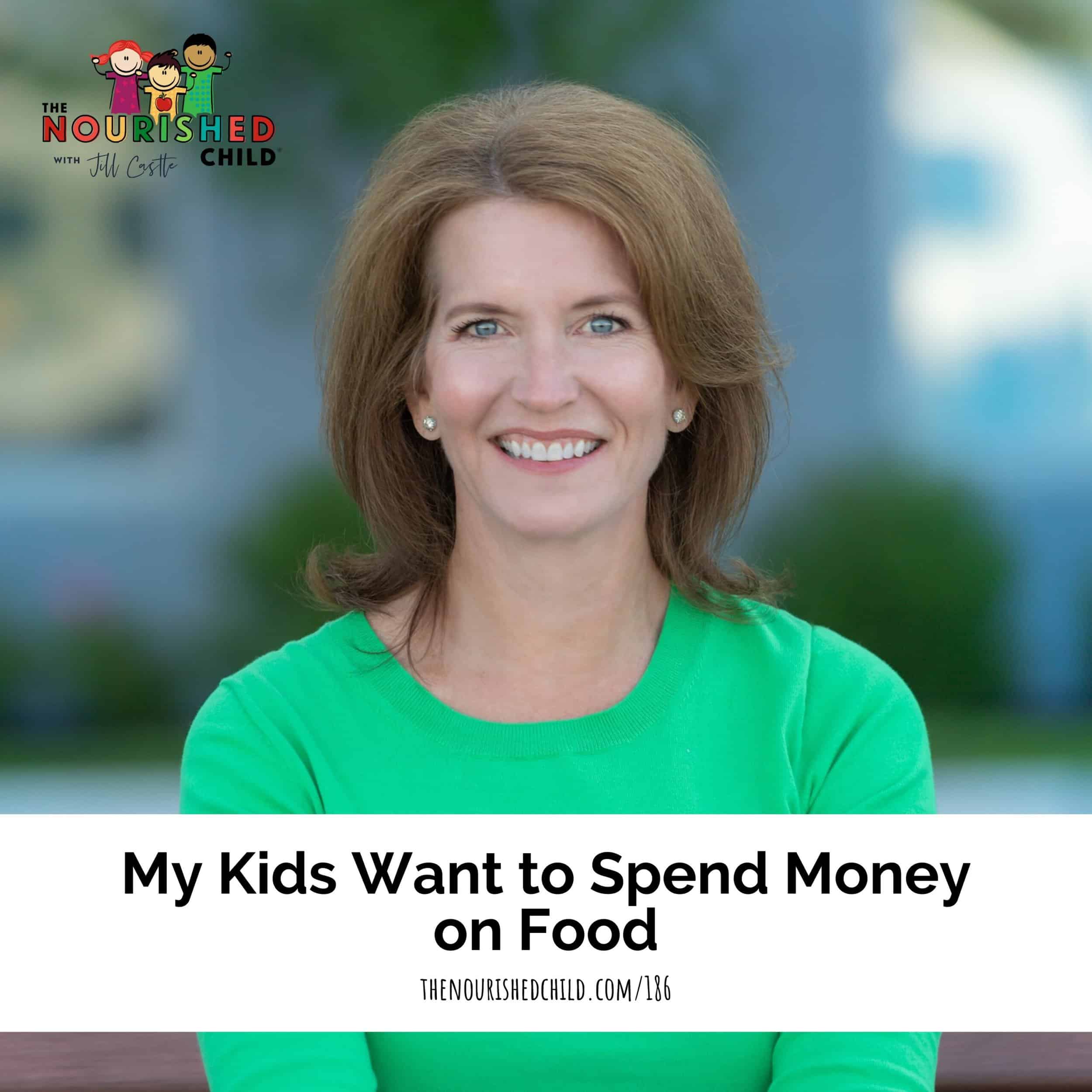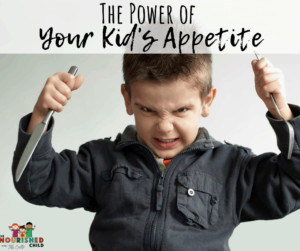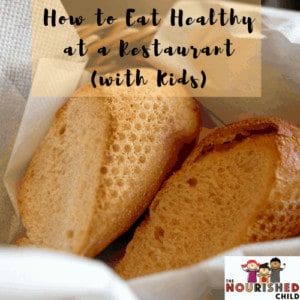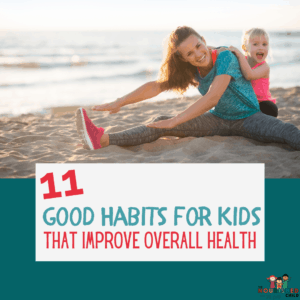Best Sugar-Free Cereal for Kids
May 3, 2023
The best way to give kids energy for school and play is to eat a balanced breakfast and keep it quick, easy, and low in added sugar. Let’s dive into a few of my favorite sugar-free cereal options for kids.
Are you looking for a simple breakfast but don’t want to give your child sugary breakfast cereals?
Cereal has come a long way since I was a kid. The only choices we had were sugar-packed cereals marketed for kids, or plain bran and wheat flakes.
Now there are many tasty options kids love (without the added sugar and the character on the box).
As a parent and pediatric dietitian, I look for quick and easy breakfasts like oatmeal and low-sugar ready-to-eat cereals.
This article explains some of the benefits of cereal, added sugar recommendations, and the top low- and no-sugar cereals for kids and teens.
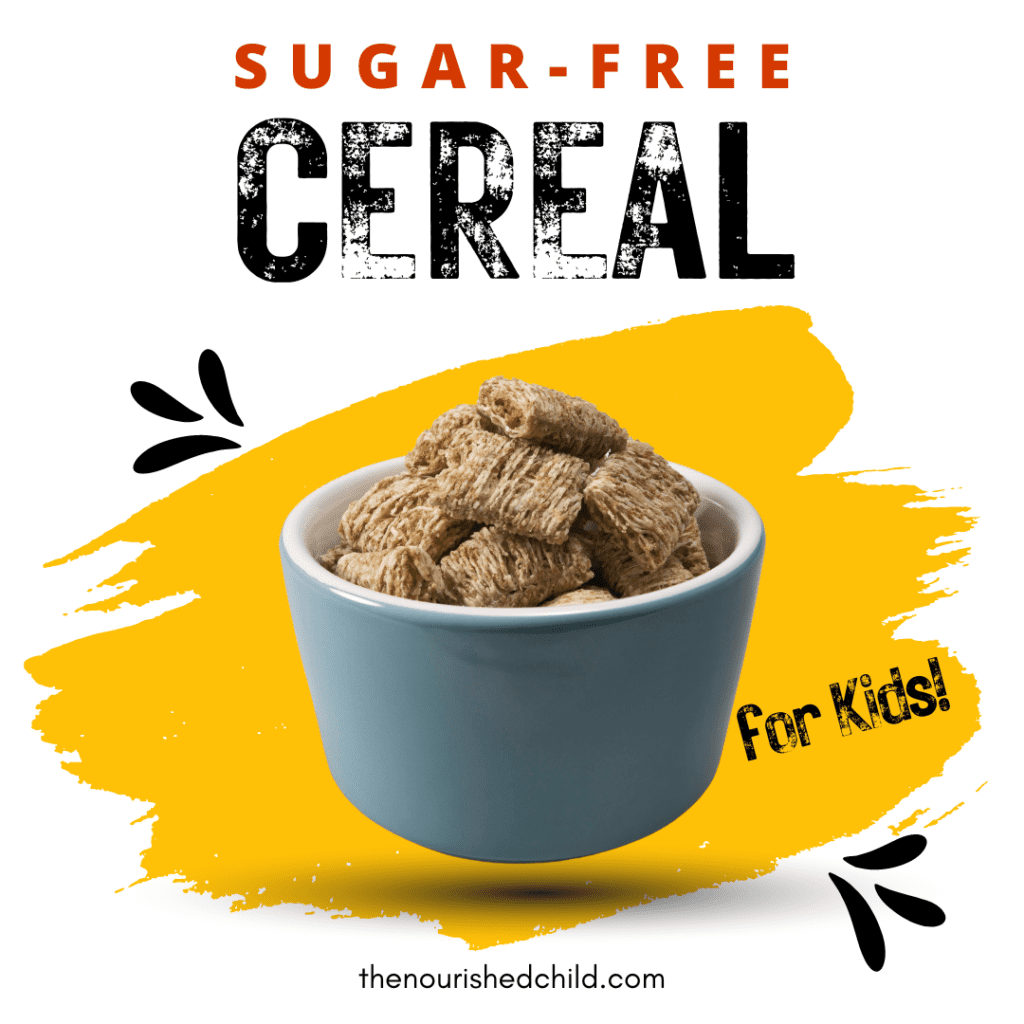
Health Benefits of Low-Sugar Breakfast Cereal
Cereals get a bad rap for being high in sugar and refined grains. But that’s not always the case.
Low-sugar whole grain cereals have some surprising health benefits.
A recent study found that children who ate whole grain fortified ready-to-eat cereal had a higher diet quality than kids who didn’t eat cereal.
Breakfast cereals in the U.S. are usually fortified with iron and B vitamins such as thiamin, riboflavin, cobalamin, pyridoxine, folate, and niacin. The body needs B vitamins for most of its functions.
Iron, which is found in ready-to-eat cereal, is an important nutrient for brain development and growth, and helps prevent iron deficiency in kids. Meat may be the most well-known source of heme iron but breakfast cereals are an excellent source of non-heme iron. This type of iron is found in a variety of plant-based and enriched foods.
According to a review comparing different breakfasts, kids who had ready-to-eat cereal for breakfast consumed more nutrients every day.
While most cereals are fortified with vitamins and minerals, the difference in nutritional benefits come down to the sugar and fiber content.
The most nutritious cereals are whole grain, low-sugar and high-fiber.
For some families, ready-to-eat cereal is an affordable staple that their kids actually eat. Studies show that cereals with added sugar still offer nutritional benefits to children. Yes, kids get extra sugar, but they also get important nutrients.
What Are the Recommendations for Sugar?
Nutrition claims on the package like whole grain, high in fiber, and healthy need to follow the FDA’s rules.
For instance, according to the FDA, a cereal that’s labeled “healthy” needs to contain only 1 g of saturated fat, 230 mg of sodium and 2.5 g of added sugars, plus ¾ ounces of whole grains.
But the best way to know what’s really in a bowl of cereal is to turn the box over and check the ingredients and nutrition label.
Many foods contain natural sugars like fructose (found in fruit) and lactose (found in dairy), but added sugars should be limited. In fact, there’s no DRI (Dietary Reference Intake) for added sugar because it isn’t necessary for health and growth.
The 2020-2025 Dietary Guidelines for Americans recommend that kids younger than two years avoid added sugars and kids aged two to eighteen years stay within 10% of their total daily calorie intake.
Translated: A child who needs about 1,500 calories a day (a 5-year-old) would target a maximum of 150 calories from “added sugars.”
How to Find Added Sugars on a Nutrition Label
I get it. Cereal aisles can be overwhelming.
How do you know the best cereals for kids?
The first recommendation I give to parents is to check the added sugars and fiber on the nutrition label. Wheat may not always be sugar free because it contains a small amount of natural sugar.
Wheat contains mostly starch, which isn’t the same as white sugar. Although, some wheat cereals also have a little glucose. Glucose is a sugar that’s made up of two simple sugars called sucrose and fructose.
That’s why you’ll notice that the carbohydrates are high but the total sugars and added sugars are different for different brands.
But some cereals may have a lot of added sugars. These tend to come from sugar, honey, fructose, and other sweeteners added during processing.
Added sugars and fibers are listed under the umbrella of carbohydrates on the nutrition label.
Here’s a comparison of cereal with no sugar added vs. a popular cereal that’s marketed to children:
| Post Shredded Wheat | Cap’n Crunch’s, Crunch Berries | |
| Carbohydrate | 49 g | 32 g |
| Total Sugar (includes added sugars) | 0 g | 16 g |
| Added Sugar | 0 g | 16 g |
| Fiber | 8 g | <1 g |
Best No Added Sugar Cereal for Kids
Here are my top picks for low and no-sugar cereals for children.
Kashi® Simply Raisin Whole Wheat Biscuit
This cereal contains whole grain wheat, raisins, vegetable glycerin and spices. While there are 8 grams of sugar in this wheat biscuit cereal, the sugar comes from the natural sugars found in raisins. The dried fruit also adds flavor, fiber and iron.
Nature’s Path Rice Puffs
The only ingredient this cereal contains is organic brown rice. Rice puffs are a good option for cereal if your child has a wheat allergy. The downside is that rice isn’t fortified with iron and it’s lower in fiber than whole grain cereals. The tiny rice puffs are kid-friendly and can double as a snack.
Post Shredded Wheat Original
Don’t be fooled by the rough outside of these mini wheat biscuits. Once they’re submerged in milk, they get soft for kids of all ages to enjoy. The only ingredients are whole-grain wheat and a preservative. While the carbohydrates seem high, there’s 8 grams of fiber in 1-⅓ cup! That’s 29% of the daily value.
Top the wheat biscuits with some fruit and nuts to add flavor and crunch.
Magic Spoon
There’s no wheat or rice in the Magic Spoon cereals.
How is that possible?
The cereal structure comes from the main ingredient, milk protein blend, which is a casein and whey protein concentrate, and a few natural fibers and food stabilizers. The milk protein makes this ready-made cereal high in protein.
Is it good for kids?
I was skeptical at first, but the short ingredient list contains only natural ingredients. The only downsides are the price tag and it’s limited availability at grocery stores.
Quaker Old Fashioned Oats
This may not be a ready-made breakfast cereal or 100% sugar-free, but oatmeal made from old fashioned oats is a low-sugar nutritious way to start the day.
It’s made from one ingredient: 100% natural whole grain rolled oats. One serving contains 4 grams of fiber and 1 gram of sugar, which is a good ration to look for when you’re shopping for healthy cereals for kids.
Oats are not enriched with iron so stick to baby cereals for children younger than a year. Oats are technically gluten free but there can be trace amounts of gluten from processing.
If your child has celiac disease, look for “gluten-free” on the package.
Comparison: Best low- and sugar-free cereal for kids
| Nutrient | Old Fashioned Oats | Kashi® Simply Raisin Whole Wheat Biscuit | Nature’s Path Rice Puffs | Post Shredded Wheat | Magic Spoon Blueberry Muffin |
| Carbohydrate | 27 g | 46 g | 13 g | 49 g | 13 g |
| Total Sugar | 1 g | 8 g* | 0 g | 0 g | 0 g |
| Fiber | 4 g | 8 g | 1 g | 8 g | 1 g |
| Iron | 1.5 mg | 2 mg | 0 mg | 3 mg | 2 mg |
*These are natural sugars are from the dried raisins. There are no added sugars.

